
From left: Mr. Ronit Solec (curator of the Israeli museum's prints and drawing department curator), Mr. Sivan Elan Revian (Israel Museum Traveling Exhibition Director), Mr. Hiroshi Kumazawa (Associate Professor, Museum of Art, Tokyo University of the Arts)
"Miracle Escher Exhibition" will be held at the Ueno Royal Museum from 6 June (Wednesday), July 29 (Sun), 2018. This time I will tell you the state of the press preview held the other day.

A rare printmaker, also called "visual magician," Mauritz Cornelis Escher . The strange and mysterious style continues to fascinate the people of the world, such as the fact that there are actually unlikely existing worlds, a world with different gravity exists in one picture.
In the large exhibition "Miracle Escher Exhibition" to commemorate the 120th anniversary of birth, from the collection of the Israel Museum boasting the world's largest Escher collection, famous "Tromp-Ruille" (cheating painting) works In addition, about 150 treasured collections that are not permanently displayed in the museum will come to Japan.
How did the fantasy painter Escher create a unique work? In this exhibition, we will draw on the mystery of its "miracle" printmaking from eight unique perspectives such as "science" "bible".
| Introduction of exhibition
1. Escher and "Science"

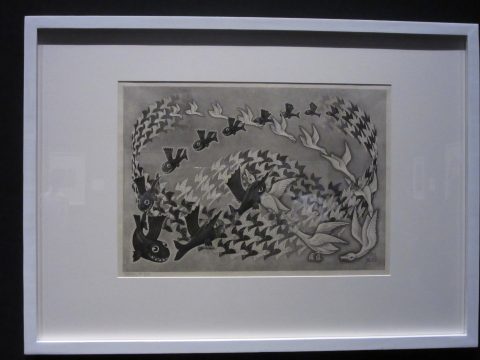
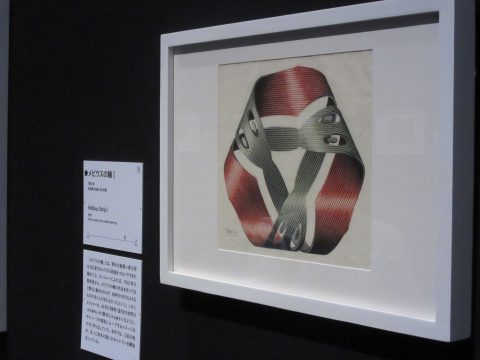
In Escher's prints, geometric proprietary expressions are used, such as certain motifs circulating repeatedly or being tiled up. In order to create these expressions, Escher was inspired by contemporary science and developed its own mathematical theory.
This chapter introduces various geometric expressions appearing in Escher prints.
2. Escher and the "Bible"
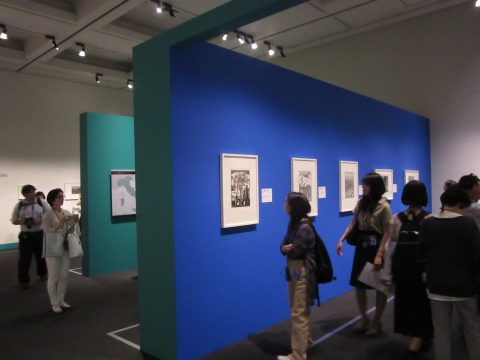
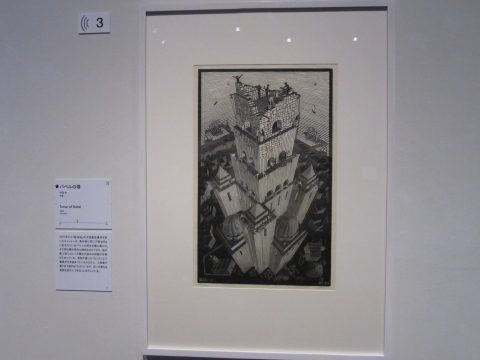
In chapter 2, prints of Christian themes painted by young Escher are taken up. The series dealing with the Old Testament Genesis can see the influence from the Earl Deco style which prevailed in Europe during the late nineteenth and early twentieth centuries.
3. Escher and "Landscape"
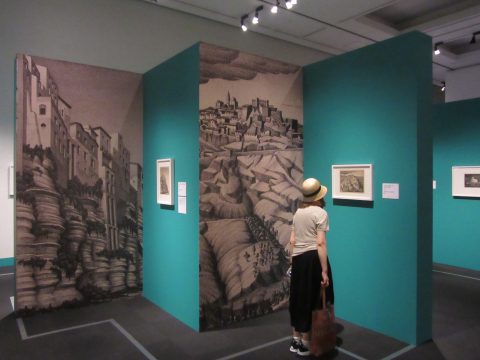
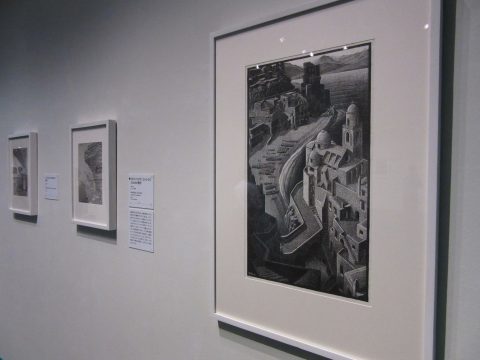

The encounter with geometric decorative patterns in Italy, Spain travel, especially the Alhambra, since the 1920s has become the starting point for the later patterned motif expression. And Picturesque landscape prints are in anticipation of visual experiments that will appear later.
4. Escher and "People"
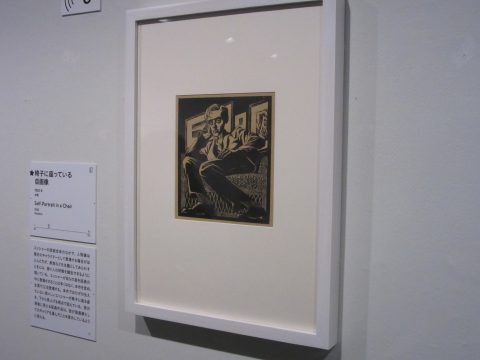
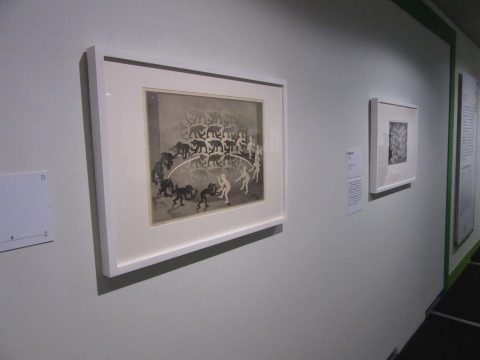
People appearing in Escher prints appear on screen as one of the often repeated pattern motifs, but the early Escher is also working on single person expression.
Many of the figures introduced in this chapter deal with nearby people such as families, but at the same time they used them as motifs in various ways.
5. Escher and 'Advertisement'
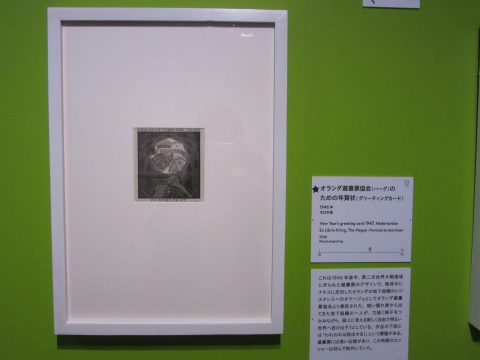
Escher's shaping also appears in commercial design. In this chapter, a small greeting card condensed with Escher's likeness is displayed along with the image used for commercial use.
6. Escher and "Techniques"
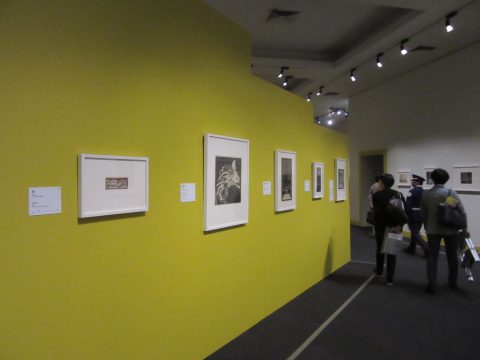
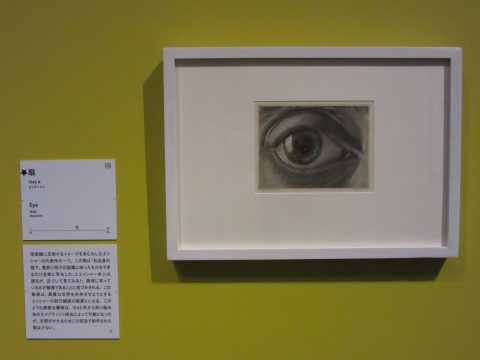
Escher who thought himself as a "printmaker" rather than an "artist" worked on various printmaking techniques such as woodblock prints, lithographs, mezzotints, etc., advanced these techniques, and sometimes integrated a plurality of techniques and wonder I made a printmaking space.
This chapter introduces Escher's printmaking techniques along with a variety of examples and materials.
7. Escher and 'reflection'
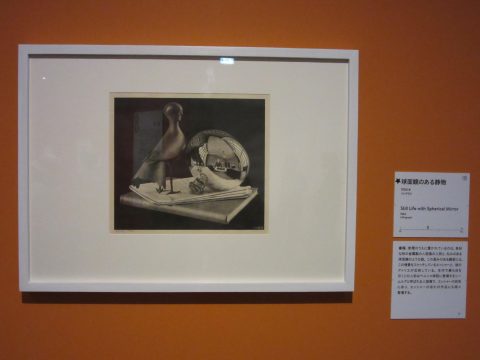
This is a work called "Still life with spherical mirror". One of the characteristics of the mysterious world that Escher produces is the image of "mirror surface". Paintings using mirror surfaces were drawn from before modern times in Europe, but Escher was also absorbed in depicting the coexisting image of a real world motif and a mirror image as a virtual world.
8. Escher and "Optical Illusion"
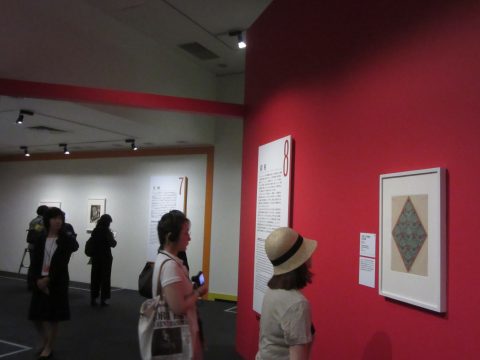
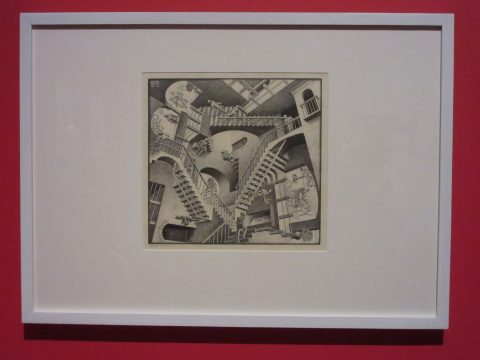
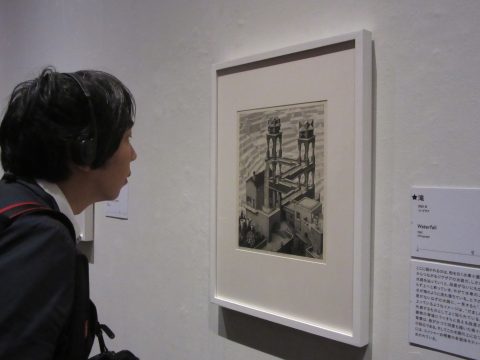
The final chapter in which works such as "Relative" and "Waterfall" are also displayed, which is also the masterpiece of Escher. An element that represents Escher's art is "impossible world" that depicts impossible architectural expressions such as those found in these works, a pattern that continues to change eternally.
This original expression was inspired by impossible figures released by mathematicians at the time, circulating expressions using regular division and the theory developed by Escher independently developed for many years It is.
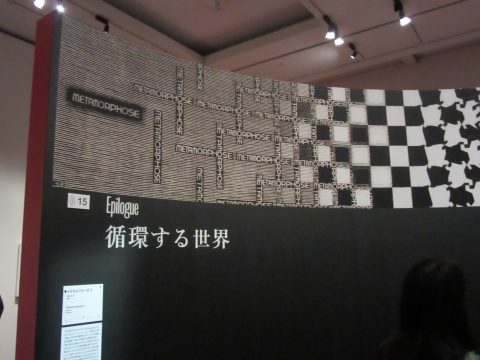


Mr. Hiroshi Kumazawa who will present an explanation on the exhibition in front of the epic masterpieces "Metamorphose II"
Decorating the finale of this exhibition is a masterpiece "Metamorphose II" produced in 1939-1940. Beginning with letters, various forms change and circulate, and eventually this work leading to the first letter is also honored as "the extreme of Escher art".
"After the Second World War, when Escher's exhibition was held in English-speaking countries, Escher's popularity was born until now, but this time it was highly appreciated" Metamorphose II ". After this, his work increased more opportunities for scientists and mathematicians to take up more than the so-called art area, I think that this point is also interesting to this author. "
That's why Hiroshi Kumazawa, associate professor at the Tokyo University of the Arts University Art Museum.
"One of his followers is Christopher Nolan who oversees" Inception ", and in a different place it is also Hirohiko Araki of" JoJo's Bizarre Adventure. "As you can see, influence also on our pop culture of contemporary times It is Escher who gives the exhibition, but in his exhibition it will be the first time in 12 years in Tokyo and I hope you will see Escher's work again from a fresh perspective. "
The session will be from June 6 (Wednesday) to July 29 (Sun) in 2018.
Is this a reality? Is it a virtual world?
Why do not you bring yourself to the "Miracle Escher Exhibition" that challenges this "fantastic printmaker" of this century.
The summary is here:
https://home.ueno.kokosil.net/en/archives/23956


